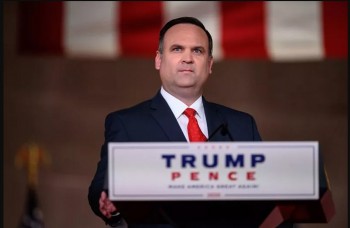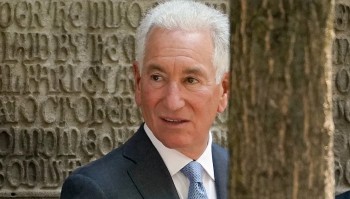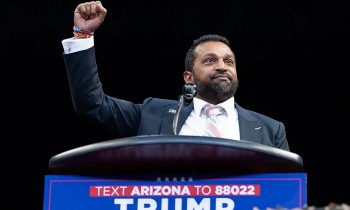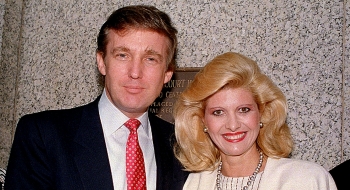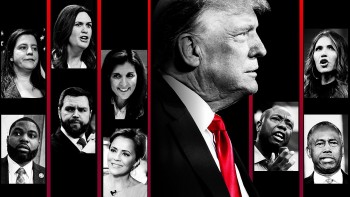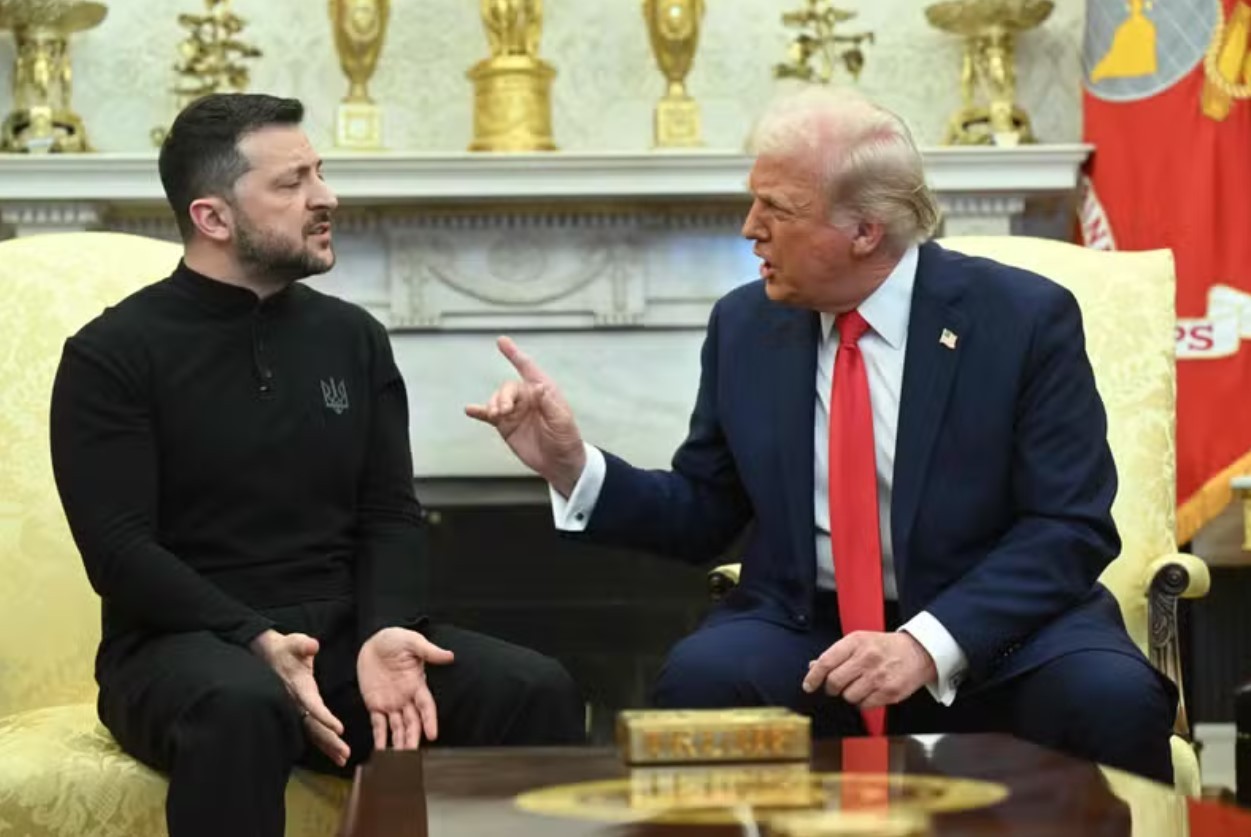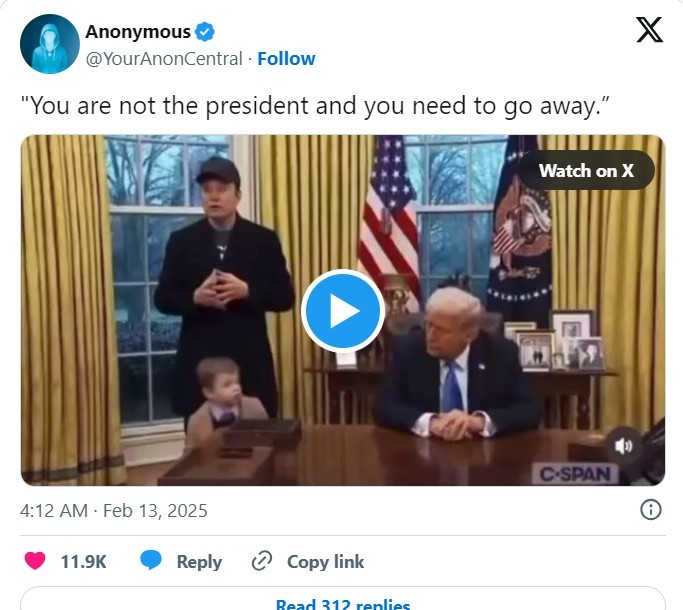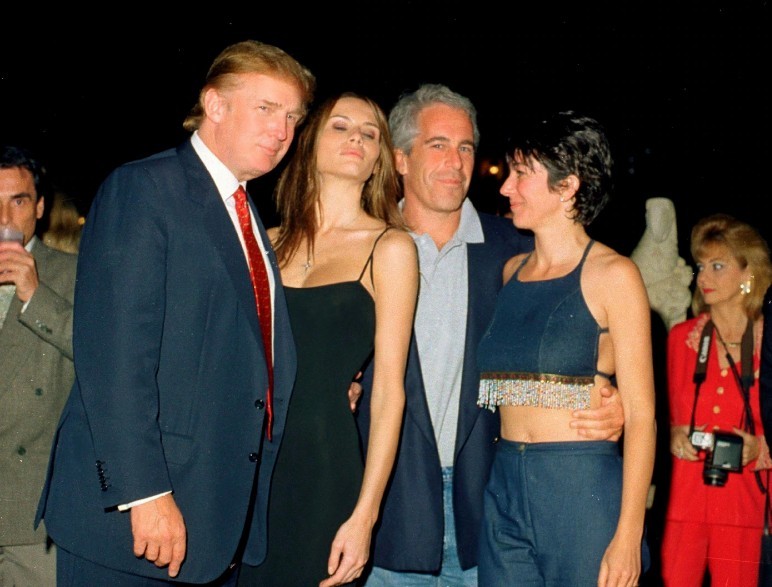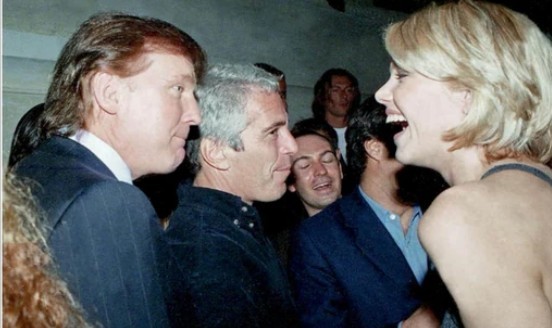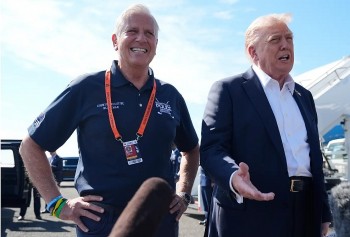BRICS Nations: What is and Donald Trump’s 100% Tariff Threats on
BRICS—a coalition of Brazil, Russia, India, China, and South Africa—is stepping into a new era in 2024 with a historic expansion. The group has officially invited six new countries, including Argentina, Saudi Arabia, and Iran, signaling its ambition to challenge the dominance of Western-led global institutions. However, this bold move has not gone unnoticed. Former U.S. President Donald Trump, during his 2024 presidential campaign, has threatened to impose steep tariffs on BRICS nations, calling them a “threat to America’s economy.”
BRICS countries make up around 42% of the global population, over 26% of the world’s GDP, and about 16% of global trade. These nations are united by shared challenges such as poverty reduction, technological development, and geopolitical influence.
 |
| BRICS representatives at the 16th BRICS summit in Kazan, Russia, 23 October 2024 |
This article dives into the evolution of BRICS, the significance of its 2024 expansion, Trump’s tariff warnings, and how this interplay could shape global trade and politics.
What Is BRICS?
BRICS is a coalition of emerging economies united by a vision of fostering economic growth, reducing dependency on Western-led institutions, and advocating for a multipolar world.
- Established: The group started in 2006 with Brazil, Russia, India, and China (then called BRIC). South Africa joined in 2010, turning it into BRICS.
- Economic Power: BRICS countries represent:
- 42% of the global population.
- Over 26% of the global GDP.
- Nearly 16% of world trade.
BRICS's Objectives:
- Promote economic cooperation and reduce reliance on the U.S. dollar for trade.
- Reform global governance systems like the United Nations, IMF, and World Bank.
- Address pressing global issues such as climate change, poverty, and inequality.
 |
| 2024 BRICS Games in Russia |
2024 Expansion: A Game-Changer
At the 15th BRICS Summit in Johannesburg (August 2023), the group announced its decision to invite six new members, effective January 1, 2024:
- Argentina
- Egypt
- Ethiopia
- Iran
- Saudi Arabia
- United Arab Emirates
Why This Expansion Matters:
- Geopolitical Reach: With new members, BRICS now represents every major region—Africa, the Middle East, Latin America, and Asia.
- Energy Influence: Saudi Arabia, UAE, and Iran are global oil powerhouses. Their inclusion boosts BRICS’s influence in energy markets.
- Diversified Economy: Argentina adds agricultural heft, while Egypt and Ethiopia strengthen the African bloc.
 |
| South African President Cyril Ramaphosa and other BRICS representatives during the 15th BRICS Summit in Johannesburg, 23 August 2023 |
Trump’s Tariff Threats on BRICS
In his 2024 campaign speeches, Donald Trump has repeatedly targeted BRICS, labeling it a direct challenge to American economic dominance. His key statements include:
- Tariffs: Trump has promised to impose tariffs of up to 10% on BRICS imports, claiming this is necessary to protect U.S. industries.
- De-dollarization: Trump criticized BRICS’s efforts to bypass the U.S. dollar in trade, calling it “economic warfare.”
- National Security: Trump referred to the inclusion of countries like Iran as a “dangerous alignment against the West.”
Implications of Trump’s Tariff Plan:
- Global Trade Tensions: If tariffs are enacted, they could trigger a trade war, impacting global markets and BRICS-U.S. relations.
- Strengthened BRICS Unity: Trump’s rhetoric might push BRICS countries to deepen cooperation and reduce reliance on the U.S.
- Impact on U.S. Consumers: Tariffs could raise prices for American consumers, especially on products from China, Brazil, and India.
 |
Key Goals of BRICS in 2024
1. Reducing Dollar Dependency
One of BRICS’s main objectives is to challenge the dominance of the U.S. dollar in global trade. The group is actively promoting trade in local currencies to reduce exposure to U.S. sanctions and financial instability.
- Example: India and Russia already trade oil using the Indian rupee and Russian ruble.
- Future Plan: A potential BRICS common currency is under discussion, although experts say this may take years to implement.
| A New Global Order? The expansion of BRICS in 2024 marks a significant moment in global geopolitics. With a more diverse membership, the group is poised to challenge Western-dominated institutions and reshape global trade dynamics. However, Trump’s tariff threats highlight the growing tensions between the U.S. and BRICS, suggesting a period of heightened economic rivalry. As BRICS continues to expand and solidify its influence, the world may witness the rise of a truly multipolar global order. Whether this leads to cooperation or conflict remains to be seen. |
2. Boosting Infrastructure and Development
Through the New Development Bank (NDB), BRICS funds major infrastructure projects in member and non-member countries. With the new members, the NDB’s reach is expected to expand significantly, especially in Africa and the Middle East.
3. Tackling Climate Change
BRICS is investing heavily in renewable energy. China leads the way with solar and wind energy projects, while Brazil focuses on biofuels and hydropower.
4. Expanding Trade Networks
The inclusion of Saudi Arabia, Iran, and UAE enhances BRICS’s energy influence, while Argentina strengthens its agricultural trade portfolio.
Challenges Facing BRICS
Despite its growth, BRICS faces significant challenges:
- Internal Divisions: Border tensions between India and China could hinder unity.
- Economic Gaps: Members like South Africa and Ethiopia are far less developed than China or Russia, leading to imbalances.
- Global Pushback: Western nations, led by the U.S., may impose sanctions or tariffs to counter BRICS’s influence.
 |
| Map of BRICS members and prospective members |
Future Membership Candidates
BRICS has expressed interest in further expansion. Likely candidates include:
- Indonesia: Southeast Asia’s largest economy with strategic regional influence.
- Mexico: Strengthens BRICS’s foothold in Latin America.
- Turkey: Bridges Europe, the Middle East, and Asia.
- Bangladesh and Vietnam: Emerging economies with significant growth potential.
FAQs About BRICS
1. Why is BRICS expanding?
To increase its global influence, diversify membership, and strengthen representation of the Global South.
2. What is the New Development Bank?
The NDB is a BRICS-created financial institution that funds sustainable development and infrastructure projects.
3. How does BRICS challenge the U.S. dollar?
BRICS nations trade in local currencies to reduce dependence on the U.S. dollar, minimizing exposure to American sanctions.
4. What is Trump’s response to BRICS?
Trump has threatened tariffs and criticized BRICS as a threat to U.S. economic power.
5. Is BRICS a military alliance?
No, BRICS is primarily an economic and political grouping, not a military pact.
6. Will BRICS have a common currency?
A common currency is under discussion but remains a long-term goal.
7. How does BRICS benefit its members?
Members benefit from increased trade, development funding, and a stronger voice in global governance.
8. What role does South Africa play?
South Africa represents Africa in BRICS and serves as a gateway for investments into the continent.
9. How does the U.S. view BRICS?
The U.S. sees BRICS as a competitor, especially with its efforts to de-dollarize and expand.
10. Will BRICS expand further?
Yes, BRICS has expressed openness to more members, focusing on nations with strategic economic or geopolitical importance.

